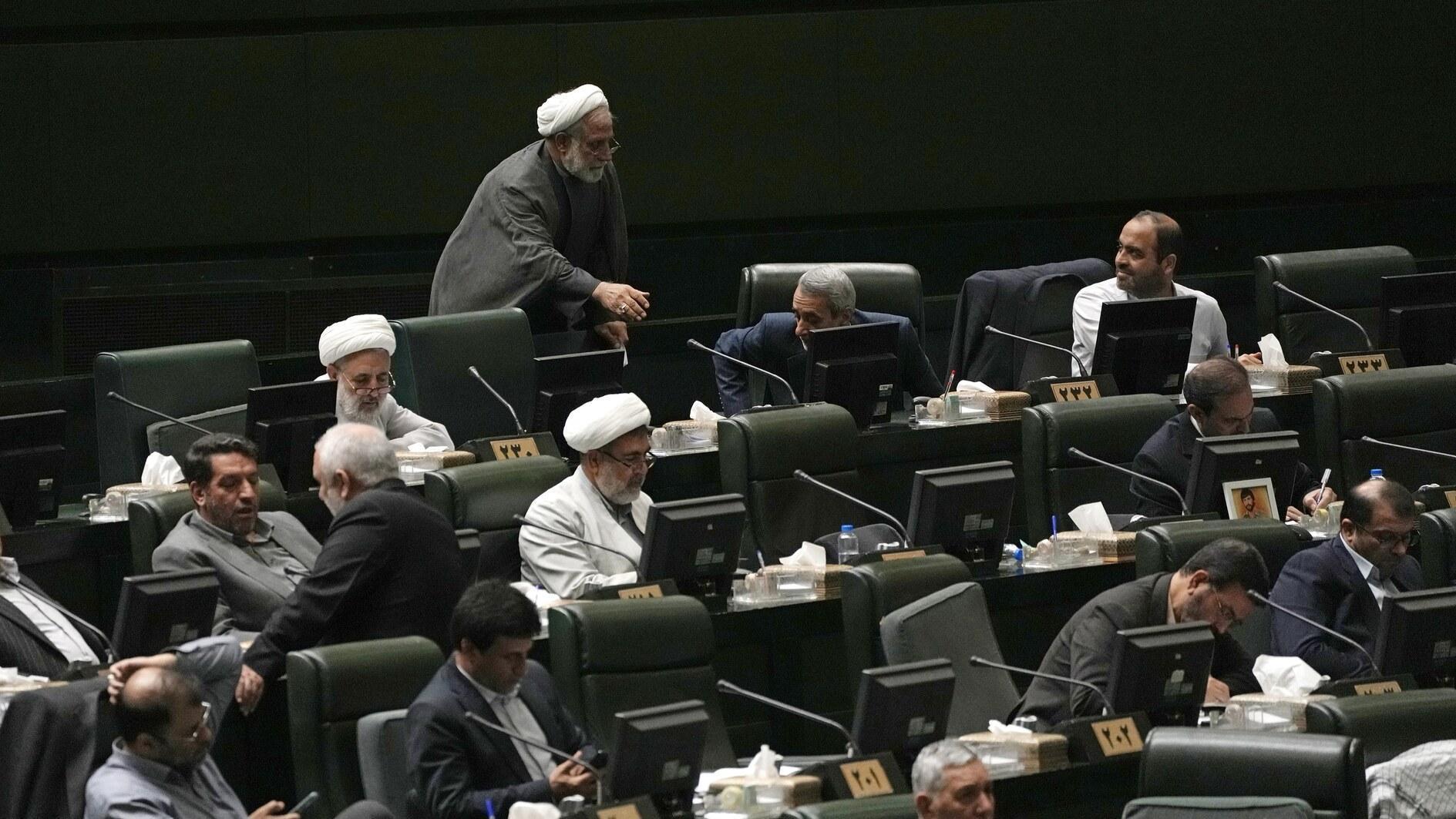Fed raises key rate by quarter-point despite bank turmoil
WASHINGTON

The Federal Reserve extended its year-long fight against high inflation on March 22 by raising its key interest rate by a quarter-point despite concerns that higher borrowing rates could worsen the turmoil that has gripped the banking system.
At a news conference, Fed Chair Jerome Powell sought to reassure Americans that it is safe to leave money in their banks, two weeks after a rush of depositors pulled funds from Silicon Valley Bank, which collapsed in the second-biggest bank failure in U.S. history. Signature Bank fell soon afterward.
“We have the tools to protect depositors when there’s a threat of serious harm to the economy or to the financial system,” Powell said. “Depositors should assume that their deposits are safe.”
The Fed chair also underscored that the central bank remains focused on fighting high inflation, which could require additional rate hikes. Yet he also signaled that the Fed might not need to impose many more increases if more banks were to reduce their lending to conserve cash. This could lead to slower growth, hiring and inflation, Powell said.
The Fed “is trying to have its cake and eat it too,” said Subadra Rajappa, head of rates strategy at the investment bank Societe Generale. “They wanted to show a bias towards hiking but didn’t want to actually commit to more hikes.”
In fact, the Fed also signaled that it could be nearing the end of its aggressive streak of rate increases. In its policy statement, it removed language that had previously said it would keep raising rates at future meetings. The statement now says “some additional policy firming may be appropriate,” a weaker commitment to tightening credit.
And in their latest quarterly economic projections, the policymakers forecast that they expect to raise their key rate just once more, from its new level of about 4.9 percent to 5.1 percent, the same peak they had projected in December.
Still, the Fed’s statement included some language that indicated that its inflation fight remains far from complete. It noted that “inflation remains elevated,” and it removed a phrase, “inflation has eased somewhat,” that was in its February statement.
“The process of getting inflation back down to 2 percent has a long way to go and is likely to be bumpy,” Powell said.
Despite the Fed’s projection that it will impose only one more rate hike, Powell also said the central bank could still carry out additional hikes if inflation remained chronically high. Inflation was 6 percent in February compared with a year ago, far above the Fed’s 2 percent target.
If banks do pull back on lending in the coming months, that could slow the economy and possibly act as the equivalent of an additional quarter-point rate hike, Powell said. In other words, the problems in the banking sector could do some of the Fed’s work for it by slowing the economy and cooling inflation.
“Events in the banking system over the past two weeks are likely to result in tighter credit conditions for households and businesses,” the Fed chair said. “It is too soon to determine the extent of these effects and therefore too soon” for the Fed to know how or whether its plans for interest rates might be affected.
Marc 22’s rate hike, the Fed’s ninth since last March, suggests that Powell is confident that the Fed can manage a dual challenge: Cool still-high inflation through higher loan rates while defusing turmoil in the banking sector through emergency lending programs and the Biden administration’s decision to cover uninsured deposits at the two failed banks.
Pressed at his news conference about the Fed’s missing what observers say were clear signs that Silicon Valley Bank was at high risk of collapsing into the second-largest bank failure in U.S. history, Powell acknowledged that “we do need to strengthen supervision and regulation.”
But he declared the overall banking system secure, saying, “These are not weaknesses that are there at all broadly through the system.”
















